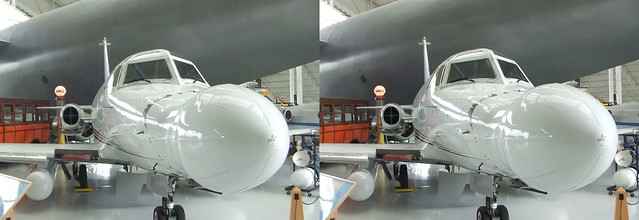Go here: Amazon list of discounted Point n Shoot cameras
Point n shoot cameras have come a long way, just as have the high end and very expensive professional and near professional cameras.
Traditionally, “point n shoot” cameras have had small sensors that did not work well in low light, and may not have had access to all camera controls.
Today, many of these point n shoot cameras features larger sensors (1/1.7″ up to full 1″ sensors), can shoot in RAW and have a full set of manual controls for full image control. Plus, many of the new sensors perform much better in low light than they did just a few years ago.
Truth is, it is possible to get near professional quality photos out of low end point n shoots, especially when shooting in RAW and using post processing software. Indeed, we can now simulate narrow depth of field “bokeh” in software processing.
This summer I took only a point n shoot and my Nikon 1 camera on a vacation trip just to see what I could do. Most people would not be able to tell the difference between those shots and those taken on higher end gear.

















